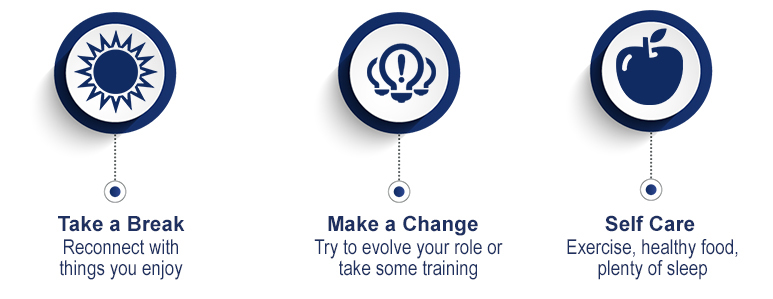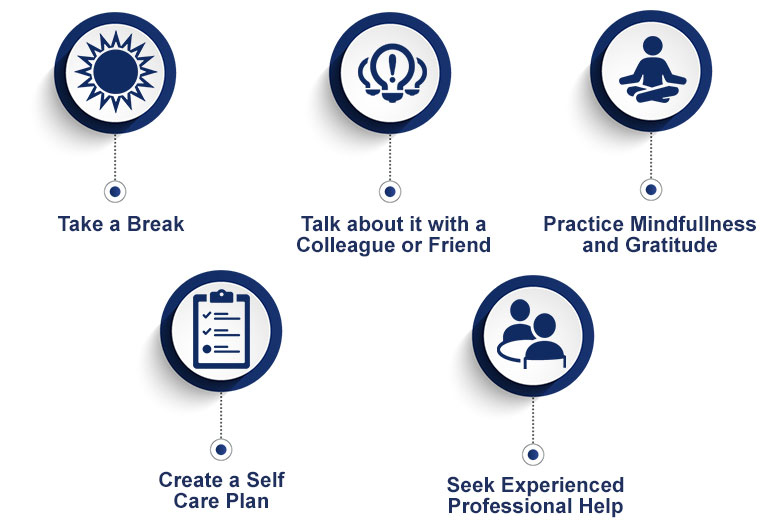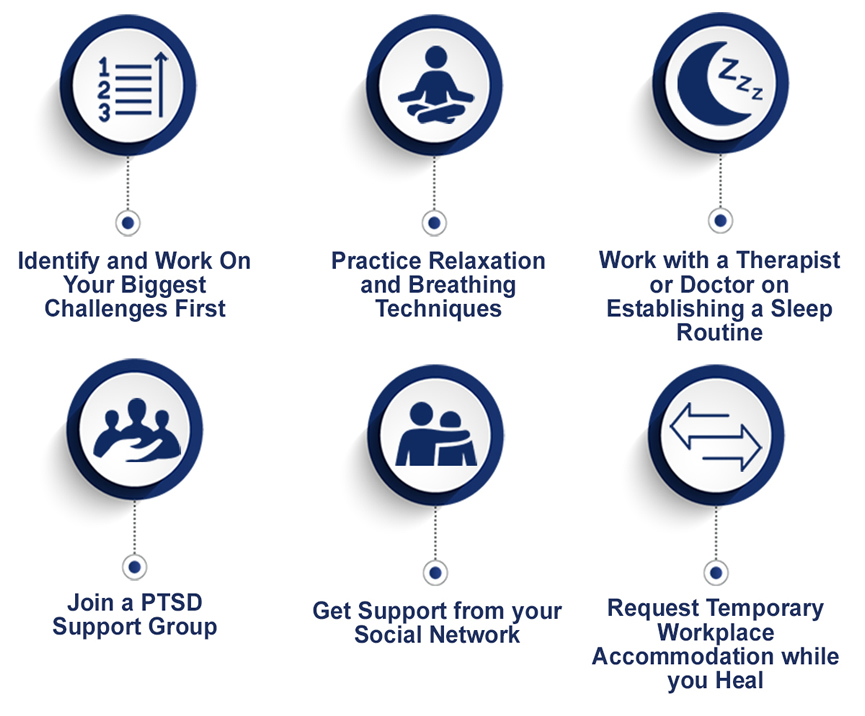How Emergency Responders can Protect against Burnout, Compassion Fatigue, and PTSD
As any emergency responder knows, EMS providers, healthcare professionals and other emergency responders work in fast-paced, demanding, challenging environments. Although this work can be incredibly rewarding, the accumulation of daily stressors coupled with the intense pressures associated with a disaster – such as taking on unfamiliar duties, witnessing horrific events, comforting traumatized people, working back-to-back shifts, eating poorly, and sleeping rarely – can have serious repercussions for responder behavioral health.
According to research by the Substance and Mental Health Services Administration, about one in three emergency responders suffers from post-traumatic stress disorder or depression. In addition, responders and staff in emergency response agencies are at an increased risk over the long term for experiencing compassion fatigue and burnout.
At an individual level, behavioral health problems can be hard to recognize and address. At an organizational level, they can seriously hinder your emergency management organization or healthcare facility’s ability to respond effectively.
So how can you recognize when someone needs help and what can you do to help them? Start by learning some core concepts, warning signs, and ways to help.
What are burnout and compassion fatigue, and PTSD?
Burnout, compassion fatigue, and PTSD are sometimes used almost interchangeably but they actually describe different conditions, each with its own specific symptoms, although these can overlap. Being able to understand the causes of each condition can help you recognize a problem and identify some strategies that could help you or members of your team.
| Burnout |
Compassion Fatigue
(Secondary Traumatization)
|
Posttraumatic Stress
Disorder
|
 |
 |
 |
| What Causes It? Day-to-day work-related stress, which are often intensified during a disaster or emergency |
What Causes It? Over-identifying with or taking on the trauma and emotional distress of others |
What Causes It?
A frightening or highly distressing event that results in symptoms of re-experiencing,avoidance, arousal, and changes in mood or thinking |
Burnout
Serving as an emergency responder is stressful at any time, but disasters can quickly compound stress. For many responders, disasters lead to longer hours or shift work; require people to work with insufficient resources; increase the chance of interpersonal conflict with colleagues, patients, and others; and disagreement about the most effective way to execute the mission.
Burnout can have serious consequences. Individuals who are experiencing burnout may feel helpless or like they can’t control their environments. These feelings can lead to poor job performance, a bad attitude, or strained relationships at home and at work.
If you see these signs, take steps to keep the problem from getting worse. Sometimes, simple things can help someone who is suffering from burnout bounce back.

Compassion Fatigue
The emotional demands on emergency responders during a disaster can be constant. Although empathizing with the people that you are helping is important, over-identifying with patients and family members can lead to compassion fatigue, also known as secondary traumatization.
People who suffer from compassion fatigue tend towards emotional extremes: they may be numbed to the suffering of others or they may be over-engaged and find it hard to “unplug” from their work. To complicate matters, people who experience compassion fatigue often don’t realize that they are struggling.
Like burnout, compassion fatigue can be serious if it is left unaddressed. Responders who suffer from compassion fatigue are more likely to become depressed and are more prone to substance abuse and social isolation.
But there are things that you can do if you recognize compassion fatigue.

Posttraumatic Stress Disorder
During a disaster, emergency responders frequently have to work through frightening events that may be traumatizing. Emergency responders have been called on to pull people out of the World Trade Center, treated children with gunshot wounds after school shootings, or witness the severe injury or even death of a colleague. After a traumatic event, people with PTSD may find themselves reliving the event and they may become agitated, hostile, hyper-vigilant, or self-destructive. People suffering from PTSD may isolate themselves from others, making it harder to identify the problem. Further compounding the issue, first responders often work in organizations or environments that downplay the importance of seeking help with managing stress and distress.
PTSD is both serious and treatable. It often requires professional intervention and guidance along with organizational support that recognizes the value of seeking help. If you think you are suffering from PTSD, get help. Start by getting an physical and mental health assessment, as effective treatment often relies on a combination of approaches. If you think that someone you work with may be suffering from PTSD, encourage them to seek help.
Getting professional help is critical. Here are some other steps you can take in addition to seeing professional help.

The road to recovery form PTSD can be long, but people do recover. If you are diagnosed with PTSD, stick with your treatment and commit time and energy to recovery. If someone you know is recovering from PTSD, support them throughout the recovery process.
Promoting Disaster Behavioral Health Self-Care
During September, people and organizations take some time out to think about preparing for disaster. Preparing for the behavioral health impacts of a disaster is an important part of individual and organizational preparedness. Before a disaster strikes, learn about steps you and your organization can take to prevent burnout and compassion fatigue, decrease stress, promote wellness, and encourage self-care.
The Disaster Behavioral Health Self Care for Healthcare Workers Modules, a new series of in-depth video modules from ASPR TRACIE, provide information for front line healthcare and social service workers to use before a disaster strikes so they are better able to recognize signs of burnout and compassion fatigue and take steps to mitigate them. To learn more about PTSD, visit the National Center for Posttraumatic Stress Disorder. For a more in-depth list of resources, see the ASPR TRACIE Responder Safety and Health Topic Collection.

